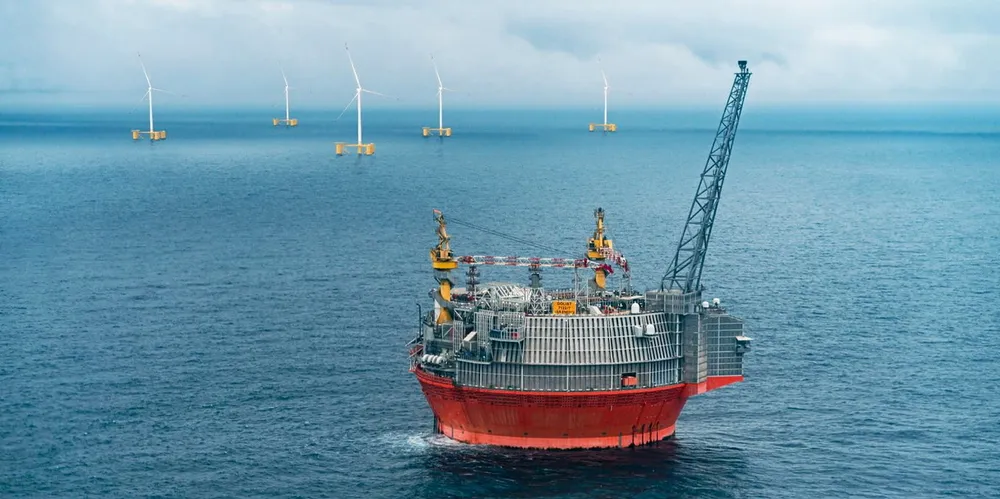First-ever floating wind power array in Arctic Circle planned with link to offshore oil field
Norwegian trio Odfjell Oceanwind, Source Galileo Norge and Vår Energi move forward with 75MW GoliatVind that would be wired into eponymous oil field in Barents Sea

The first-ever floating wind farm in the Arctic Circle could be turning as early as 2026, following the unveiling of an innovative project plan by Norwegian trio Odfjell Oceanwind, Source Galileo Norge and Vår Energi.
The GoliatVind project, a 75MW array to be installed in up-to-400 metres of water northwest of Hammerfest in the Barents Sea, would be wired into the nearby Goliat oil production platform, which is operated by Vår Energi and part state-owned energy giant Equinor.
Some 300GWh a year of electricity could flow from the array, set to be built around 15MW turbines mated to Odfjell’s novel Deepsea Star semisub hulls, and on to shore via an existing power line at the offshore development.
“The purpose of the project is increased production of renewable energy for electrification in a region that has large and rapidly increasing needs,” said Gunnar Birkeland, CEO of Source Galileo Norge, in a statement.
“GoliatVind is exciting because Norwegian offshore wind technology can be demonstrated in a demanding area. Such projects are also crucial to achieve our commitments in the Paris Agreement before 2030.”
The developers emphasised that the project is at “an early phase, where several factors, including regulatory framework, incentives and licences for development from the authorities, are under investigation before a concept and development decision can be made”.
Simen Lieungh, chairman of the board of Odfjell Oceanwind, said: “We have matured technology for floating wind that are also qualified for the Barents Sea. The solutions to be demonstrated are standardised and can be used in all locations in the North Atlantic suitable for floating wind.
“This is therefore a very important project for us, and one that will enable a rapid spread and scaling of the technology both to other projects in Norway and abroad. Systematic work over several years means that we can develop GoliatVIND as early as 2026 if all external factors are in place.
Lieungh added that the company was “in parallel” developing a supply chain that can help us realise wind [arrays] of this type”.
The developers spotlighted the “important prerequisite” that the project have “good coexistence with fisheries interests in the region and that the connection to Goliat does not entail an operational risk for production on the installation”, noting that “dialogue with local fisheries bodies and technical studies have been initiated”.
The design is in the process of undergoing basic design approval by DNV based on a Siemens Gamesa’s 14MW SG14-236DD including model tanks tests for “the harshest environment locations.